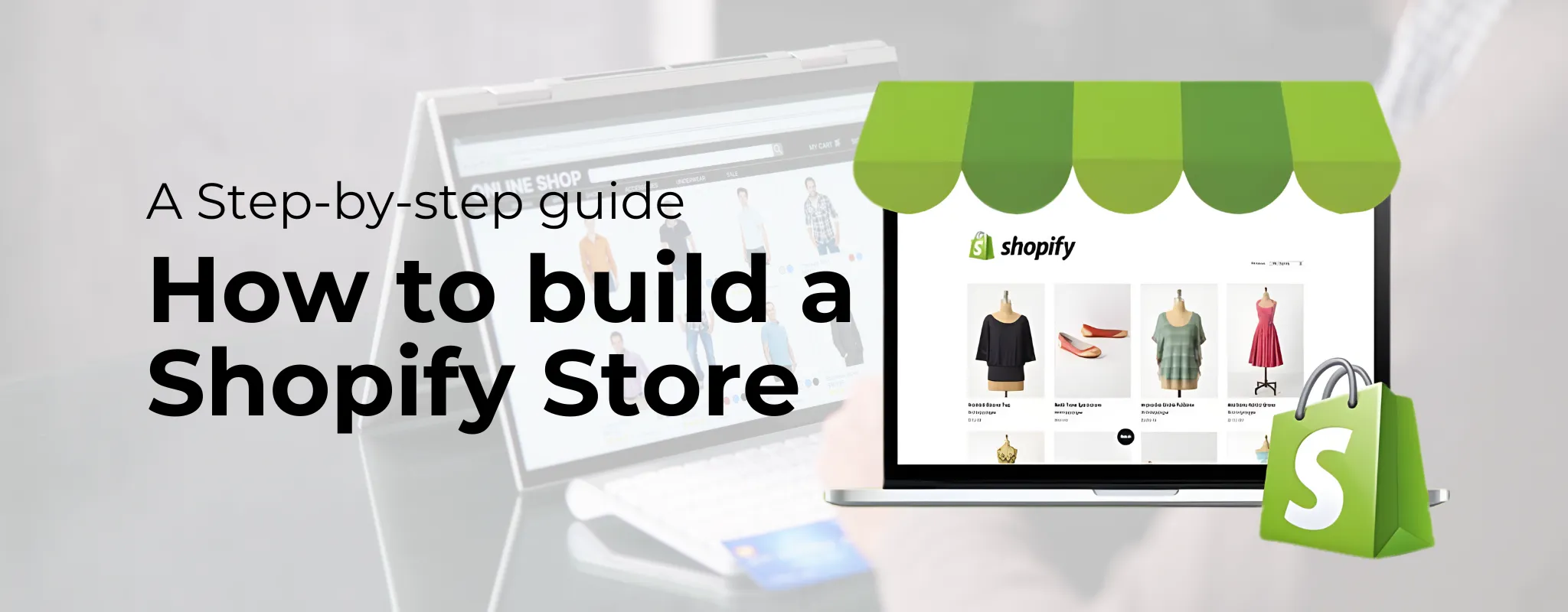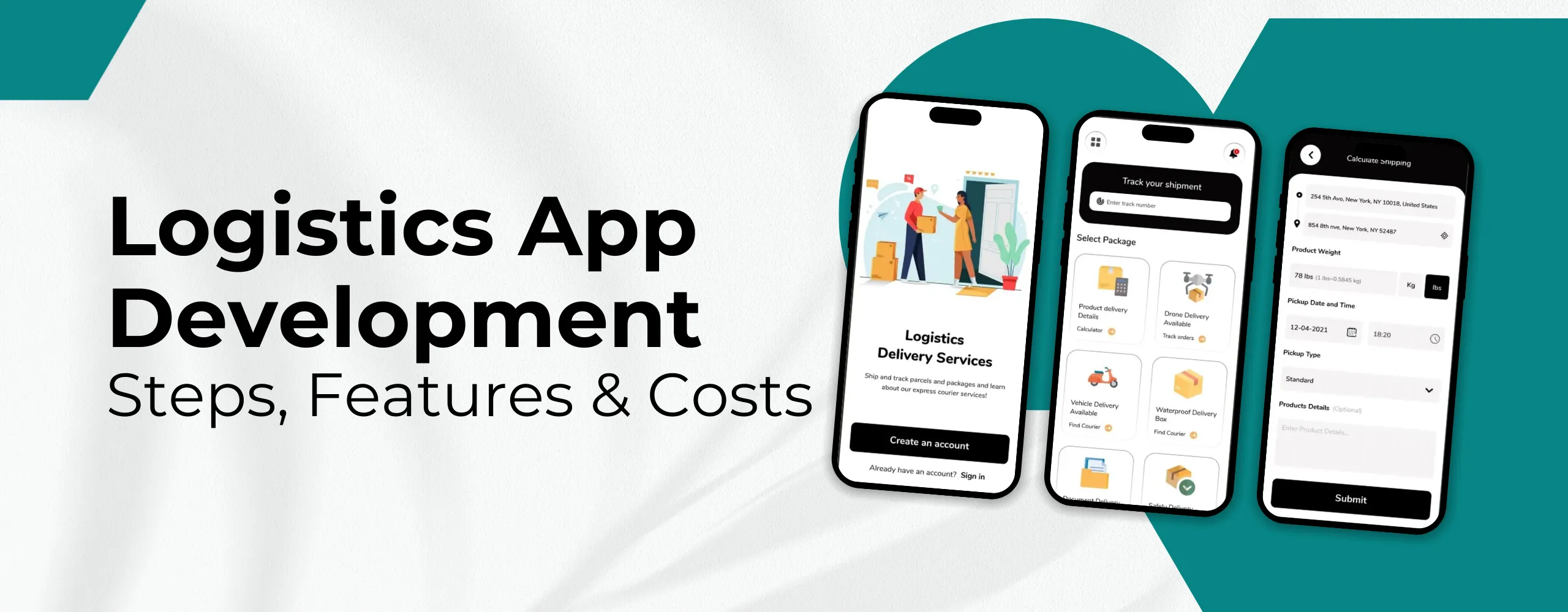
Upcoming 2026 is the golden age of eCommerce, wherein everyone with a concept can turn it into a thriving online enterprise. Whether you’re a writer, a store owner, or an entrepreneur, your website is your start.
It helps you reach people all over the world. Use the right tools and a smart plan. Add your creativity.
You’ll build more than a website — you’ll build a brand. You may construct a brand.
In this guide, you’ll find out every step to create your very own online store from scratch:
- Research your marketplace and area of interest
- Design a stunning, consumer-pleasant website
- Launch, promote, and develop your digital storefront successfully
What is an Online Store?
An online store is a web page area where people buy products or services. It indicates images, charges, and information. Customers can add gadgets to a cart and pay online. It includes pages for products, checkout, and payments. Apart from this, marketplaces such as Amazon are online stores owned and run by one company.
Step-by-Step Guide to Building an Online Store
Before diving into layout or development, the muse of a successful online store starts off involved with understanding your marketplace. Market studies enable you to identify what clients honestly need, what competitors are doing properly (or incorrectly), and where the biggest opportunities lie. Without this basis, even the most outstanding store can fail to fascinate buyers.
Step 1: Do Market Research
Market research guarantees your online presence is built around real demand, no longer assumptions. It helps you notice tendencies, define your area of interest, and build your brand function successfully.
Here’s a way to get started:
Know Your Audience
Before you start, consider who will purchase your products.
Are they teens, parents, or running humans? Where do they live? What do they like to buy online?
You can analyze plenty from Google Trends, social media pages, or even quick surveys. The higher your clients, the simpler it is to sell what they love.
Check Out Your Competitors
Look at other stores that sell things like yours.
Notice what they do nicely—their product range, prices, and website design.
Read client evaluations to see what people like or don’t like. That’s the way you locate ways to make your savings higher than theirs.
Find Trending Products and Decide Prices
See what’s popular right now using Amazon Best Sellers or Etsy.
Pick products that people are actually searching for.
When you set prices, don’t just go cheap — find a balance so that both you and your buyers are happy.
Step 2: Select the Right Domain Name
Selecting the right domain name is a significant step. It happens when creating your online shop’s identity. It has to be easy, memorable, and replicate your logo’s area of interest. A properly conceptualized domain not only handily boosts trust but also helps in search engine optimization ratings.
Tips for choosing a sturdy area:
- Keep it quick, smooth to spell, and applicable on your products.
- Prevent numbers, hyphens, or complex words.
- Utilize keywords naturally if possible (e.g., trendystyleshop.com).
- Stick to popular extensions like .com, .store, or .shop.
Step 3: Create a Solid Business Plan
A properly dependent marketing strategy lays the muse for your online shop’s achievement. Find out your immediate and ongoing requirements. It consists of income targets, site visitors increase, or expansion plans.
Plan Your Budget:
Set aside money for the things you’ll want — like constructing your internet site, purchasing website hosting, marketing your business, and shopping for products to sell.
Decide How You’ll Earn:
Think approximately about how you need to make money. Will you sell your private products, offer a month-to-month subscription, or work with providers who ship items for you?
Plan How Things Will Work:
Decide how you’ll manage your stock. Plan how orders will be arranged and shipped. Work with reliable delivery partners. Make sure products go out on time.
Step 4: Choose the Best eCommerce Platform
Every distributor finds it difficult to determine which platform they can build and run the online store on. Obviously, it’s the main forum to expose your product, manage orders, and address your internet site.
When choosing one, look for:
- Easy to apply: You must be able to build your keep without coding.
- Nice designs: Choose from ready-made subject matters.
- AI help: Some tools help write content or design faster.
- Room to grow: Make sure you can add new features later.
- Free trial: Try before you buy.
There are many famous platforms, like:
- Shopify
- Wix
- BigCommerce
- WooCommerce
And many more. If you want to create your online store in Shopify, don’t worry! A custom Shopify development company will help you to establish this.
Step 5: Design Your eCommerce Website
After figuring out the best-fit platform for your business, you look into starting your website design. But how will you do that? We’ll tell you:
Mission and principles of the brand
Determine your logo’s mission, USP, and client commitment. Design and shade picks, as well as the tone of your logo voice, will all be influenced by the way of these brand concepts.
Name of the store
Your store name is frequently the first interaction a buyer has with your business, regardless of whether you use your own name, an evocative term, or a direct description of what you sell. Use this free domain name generator to generate on-brand suggestions and discover which name ideas are available as domain addresses if you’re in need of inspiration.
Logo
A logo is a visual representation of your business that appears on a wide range of surfaces, including the shelves of other stores and your own.
Photos of products and lifestyles
In addition to demonstrating the qualities and characteristics of your objects, pictures can display potential customers how your product may fit into their lifestyle. To carry an inspiring narrative, use live images.
Step 6: Develop the Front-End and Back-End Functionality
This is where your shop comes to life.
- Front-End: Includes product pages, buying cart, search bar, and checkout experience. Focus on seamless navigation and minimum clicks to purchase.
- Back-End: Manage inventory, handle orders, and store client records efficiently with the use of a sturdy CMS.
- Integrations: Joins your store with software such as CRMs, ERPs, and email advertising software programs to streamline operations.
Front-end and back-end should work together for an easy, reliable store. This ensures great performance and effortless user experience.
Step 7: Organize Product Categories
Now comes the part where well-prepared product classes make surfing easy and improve your store’s SEO.
- Plan Hierarchy: Group products into major and subcategories for e.g., Clothing → Men → Shirts.
- Navigation: Keep menus easy for users and logical to lessen friction.
- Search Engine Optimization Benefit: Structured categories help search engines like Google and Yahoo recognize your website better, improving visibility.
- A considerate product taxonomy no longer only complements person experience but also additionally boosts discoverability and conversion rates.
Step 8: Prepare High-Quality Product Images and Videos
Visuals are your first impression — and they sell. Invest in expert photography and consistent lights to spotlight your merchandise’ capabilities.
- Use a couple of angles and 360° views for a detailed appearance.
- Include quick demo movies to reveal products in movement.
- Optimize pics for immediate loading without compromising fineness.
Highly pleasing visuals build consideration and reduce returns through placing accurate expectations.
Step 9: Write Compelling Product Descriptions
Talk to your customers like a person chatting with them. Tell them what your product does, and especially, how it makes life a little better.
- Skip the buzzwords — keep it genuine. Mention a few details people genuinely care about, like how it feels, looks, or works in everyday existence.
- Use quick lines or bullet points if they facilitate skimming fast. And always end on a note that nudges them to think, “Yeah, I could use that.”
- Good descriptions help shoppers understand fast — and want to buy right away.
Step 10: Set Up Secure Payment Gateways
A smooth checkout makes clients experience confidence and facilitates their whole purchase. Pick relied on payment companions like Stripe, Razorpay, or Paytm that allow shoppers to pay in distinctive methods and currencies.
Here are some pointers:
- Give customers choices — cards, UPI, wallets, or “Buy Now, Pay Later.”
- Make sure every transaction is safe and encrypted.
- Show trust badges on your checkout page so people know their info is protected.
- When your payment process feels easy and safe, more people buy — and come back again.
Want to build this kind of payment system for your store? Connect with our app development company to get started.
Step 11: Configure Shipping and Delivery Options
Work with trustworthy courier partners such as FedEx, Shiprocket, or DHL. A reliable delivery partner builds trust and keeps customers happy. It also saves you from endless “Where’s my order?” messages.
Here’s what enables:
- Automated shipping shows live delivery costs right at checkout so there are no surprises.
- Offer free shipping, flat rates, or express delivery for those who want it fast.
- Keep it clean with tracking updates and transport timelines.
- Simple, sincere shipping builds self assurance and repeat consumers.
Want to create a setup like this? Check out our shipping app development services.
Step 12: Choose Reliable Web Hosting and Install an SSL Certificate
Your web hosting comes to a decision about how well your online store functions. This influences how rapid your internet site loads and how reliably it remains online. Choose a reliable on website hosting provider recognized for performance, like Bluehost, SiteGround, or AWS.
Remember to:
- Choose plans that deal with traffic surges and encompass CDN help.
- Install an SSL certificate to encrypt sensitive statistics consisting of fee records.
- SSL also boosts your SEO ratings, as Google favors secure websites.
A speedy, stable website hosting setup guarantees easy consumer studies and builds consumer belief.
Step 13: Optimize Your Online Store for Search Engines
SEO ensures your site ranks high whilst clients search for your merchandise. Focus on:
- On-page SEO uses clear titles, short descriptions, and clean URLs. Add keywords in headings.
- Technical search engine optimization preserves your website’s speed, adds schema, and publishes a sitemap.
- Off-page search engine marketing constructs links through blogs, influencers, and directories.
- Check your search engine marketing consistency and replace key phrases to make your store clean to locate.
Step 14: Conduct End-to-End Testing
Before launching, thoroughly test every aspect of your website. This step prevents user frustration and technical issues later.
Test the following:
- Checkout flow, cart functionality, and payment processing.
- Mobile responsiveness and cross-browser compatibility.
- Site dash, broken links, and form submissions.
Fix any bugs or system faults recognized all throughout checkout. A smooth shopping experience keeps customers happy. It also helps build trust in your brand from the beginning.
Step 15: Develop a Social Media & Content Marketing Strategy
Your store release isn’t the end line—it’s where the actual fun starts. Now it’s all approximately getting human beings to work, visit, and come back for more.
Start by displaying where your audience hangs out—Instagram, Facebook, Pinterest—keep your visuals consistent and your tone authentic.
Share useful stuff too: blog posts, short films, and short “how-to” courses that make your products simpler to love.
Don’t forget to follow up. Send email updates or run retargeting ads. Work with influencers to stay visible. Social media gets you noticed. Good content keeps people coming back.
Step 16: Perform Regular Maintenance
An online store isn’t a “set it and forget it” project. Routine maintenance ensures smooth performance and data security.
Tasks to include:
- Update the theme, plugins, and security patches continuously.
- Monitor website speed, search engine marketing fitness, and analytics for performance trends.
- Keep your product listings fresh. Run seasonal offers to attract more buyers.
- Post new content often to stay seen.
Regular updates keep your store fast, smooth to use, and geared up to compete in the changing global eCommerce.
Conclusion
After the last product image finishes uploading, you lean back in your chair looking at your brand-new online shop coming into existence on the display.
The homepage loads smoothly, the colors are proper, and the checkout took a look at and simply worked perfectly. For a moment, you simply take a seat there—realizing that this idea you scribbled in a notebook is now real, clickable, and prepared for the world.
You smile, sip your coffee, and hit “Publish.”
Your eCommerce journey has officially begun.And if you’d rather not do it all alone, get an expert web development company to help you build a store that sells.









